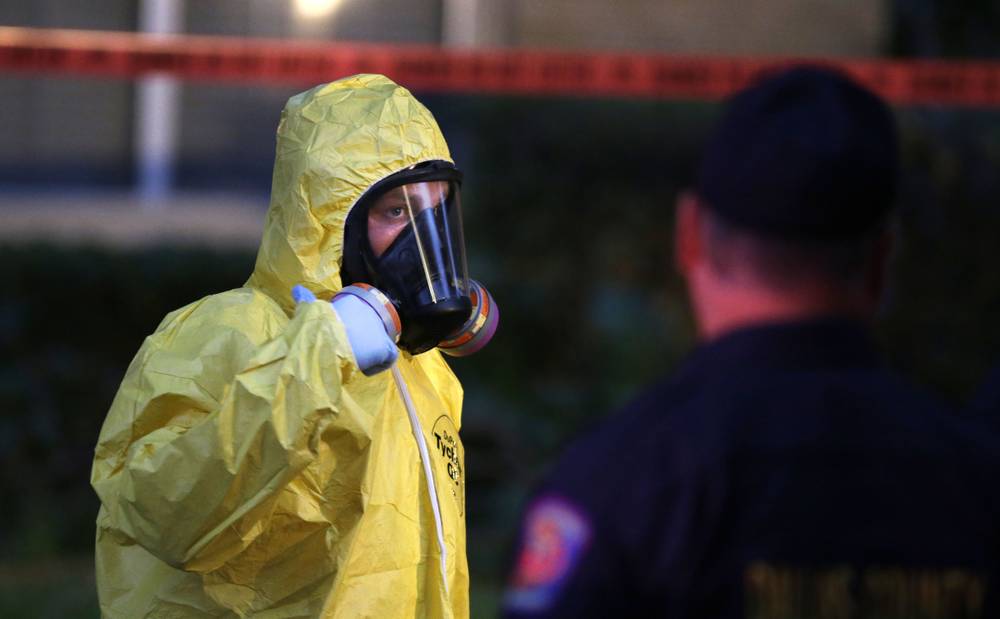“It only takes 24 hours for a disease to spread from Southern Europe to Las Vegas,” Dr. Dennis Pirages, a UNLV political science professor studying globalization and pandemics, told the Weekly in September 2011. “The chances would be very high that if there were a pandemic breaking out somewhere in the world, it wouldn’t take too long for it to arrive here.”
That interview ran in reaction to the infectious disease flick Contagion, but it could also apply to the current Ebola crisis. Last week Ebola patient Thomas Eric Duncan died in a Texas hospital, and shortly after, his nurse, Nina Pham, was diagnosed with the disease, becoming the first person to contract Ebola on American soil. This week, a second Texas health worker was diagnosed with the virus, and stricter screening protocols are being implemented at five airports on the Eastern Seaboard, which reportedly receive 94 percent of the U.S.’ West African travelers.
How are local authorities responding to the infectious disease and preparing for its potential arrival? As always, the Southern Nevada Health District has an “infectious disease plan” in place, according to Public Information Manager Jennifer Sizemore. In addition, she says the SNHD has distributed resources about Ebola to first responders and health care providers, including the Clark County Fire Department, EMS providers and area hospitals. Among the distributed information is an “Ebola algorithm” that assesses the varied symptoms of the virus, as well as other “technical bulletins,” some informing health care workers of the latest news regarding the disease.
While McCarran Airport doesn’t have an Ebola-specific protocol, it does have an infectious disease plan in place like the SNHD. If an issue is reported, spokesperson Christine Crews says the incident would be taken over by first responders. “[We] work in tandem with the CDC and SNHD … Whatever steps they would advise as medical professionals, we would support and implement as needed.”
St. Rose Domincan Hospitals also work closely with the SNHD, contacting the department when suspicious cases show up and keeping communication lines open, according to hospital spokeswoman Katie Ryan. The hospital system also maintains “isolation rooms” where patients with infectious diseases like Ebola can be treated.





